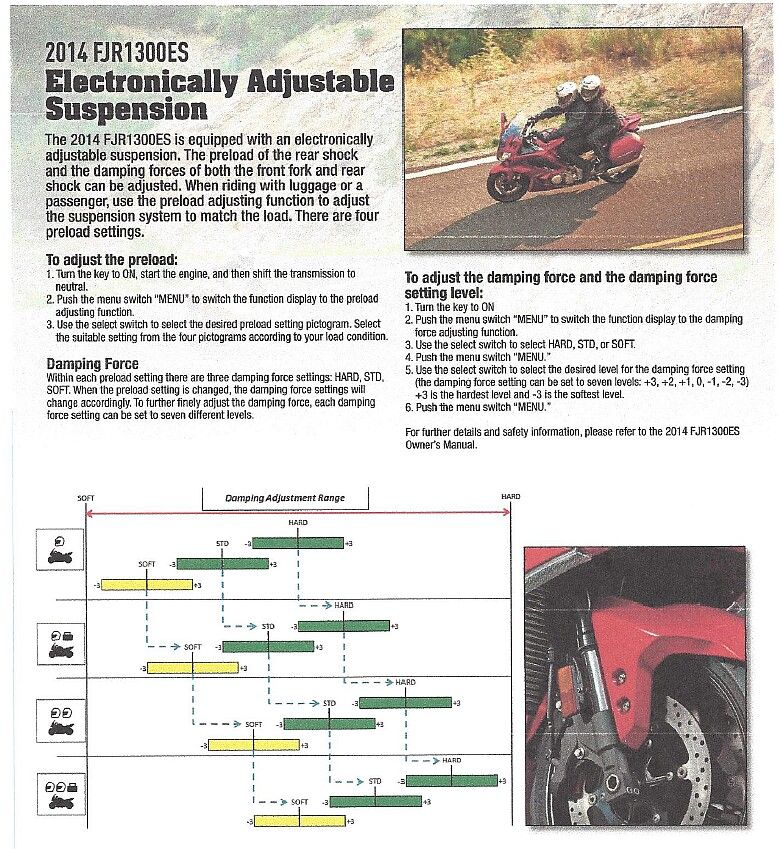Uncle Hud
Just another blob of protoplasm using up your oxyg
51,000 on my 15 ES. No problems, but I find myself riding in two-up or even two-up/luggage 'HARD' to get the stiffness I like in city riding.
Will chat with the shop crew about applying a little more preload next time it's in the shop. (Can that be done?) For general principles, when alone, I'd like to be riding stiffly in one-up or one-up/luggage.
Will chat with the shop crew about applying a little more preload next time it's in the shop. (Can that be done?) For general principles, when alone, I'd like to be riding stiffly in one-up or one-up/luggage.
Last edited by a moderator:




